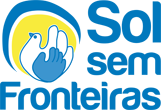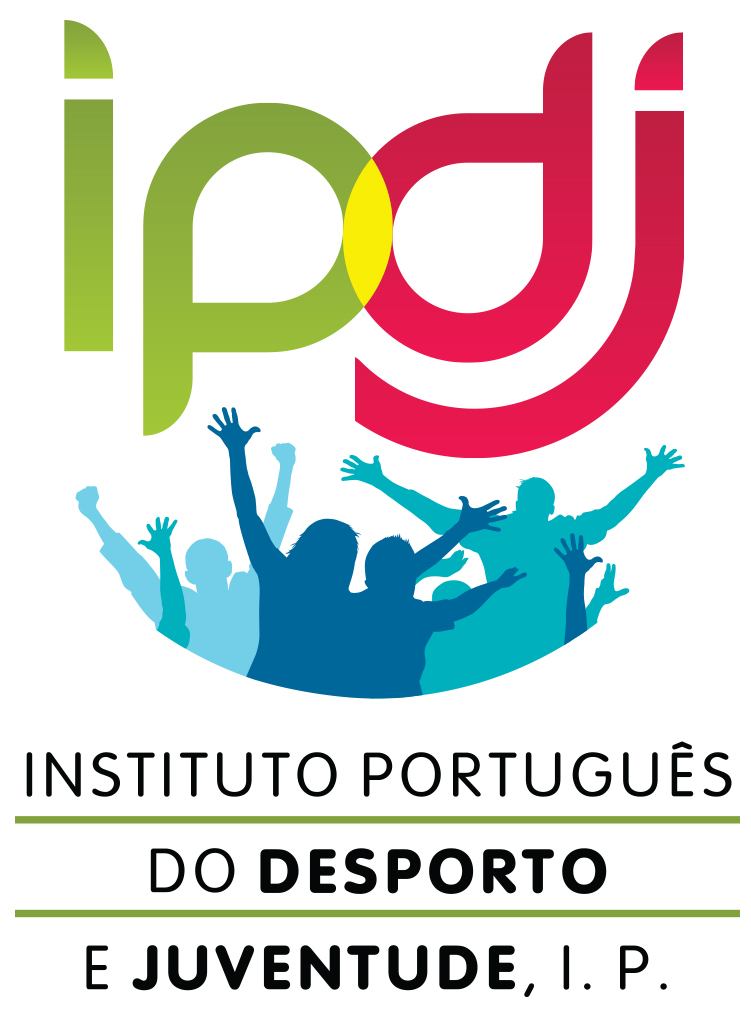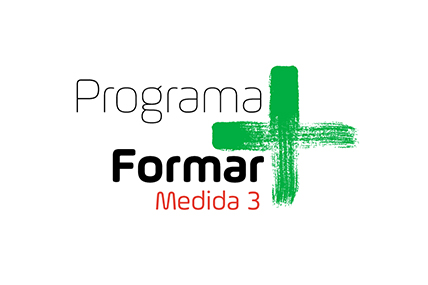Objectives
- Perform a primary assessment of the victim and identify the respective signs of an accident or incident;
- Identify and apply the appropriate assessment and intervention techniques and procedures for each accident or incident situation;
- Identify and assess the victim’s vital signs;
- Identify and act in accordance with the Basic Life Support algorithm;
- Identify and implement the preventive measures appropriate to the health context of the destination countries;
- Prepare for departure in compliance with health guidelines.
Programmatic contents
1. First aid
- Primary assessment of the victim
- Warning signs and symptoms of illness or accident
2. Primary assessment of the victim Warning signs and symptoms of illness or accident
- Wounds
- Hemorrhage
- Fractures, sprains, strains, contusions, and cramps
- Eye injuries
- Burns (thermal, electrical, chemical)
- Poisoning by ingestion and/or inhalation
- Hypothermia/heat stroke
- Heatstroke
- Asphyxiation
- Hypoglycemia
- Bites and stings (anaphylactic reaction)
- Fever
- Diarrhea
- Vomiting
3. Assessment of vital signs
- Heart rate
- Respiratory rate
- Body temperature
- Blood pressure
4. Basic Life Support Algorithm
- Airway Obstruction
- Safety Lateral Position
- Cardiopulmonary resuscitation
5. Preventive measures in the health context of destination countries
- Vector-borne diseases
- Main differences in sanitation systems
6. Preparing for departure
- Traveler’s consultation
- Essential medicines and health care
Methodology
The use of expository, interrogative, demonstrative and active methods is expected, through pedagogical techniques such as brainstorming, general and directed questions, role play or simulated practice.
Date and time
It takes place once a year on variable dates. There are 19 hours of certified training, divided into two face-to-face sessions of 8 hours each (over a weekend) + 3 hours of autonomous work.
Partners

Funders


Collaborating Entities
